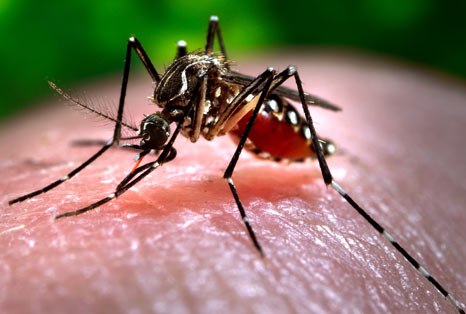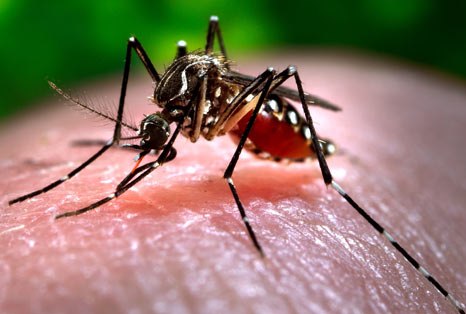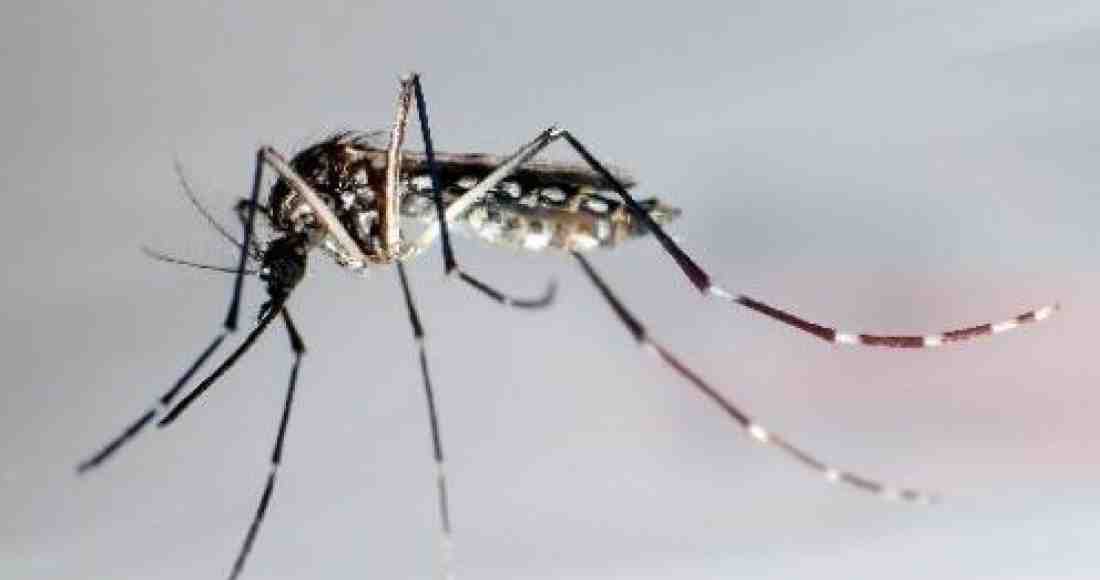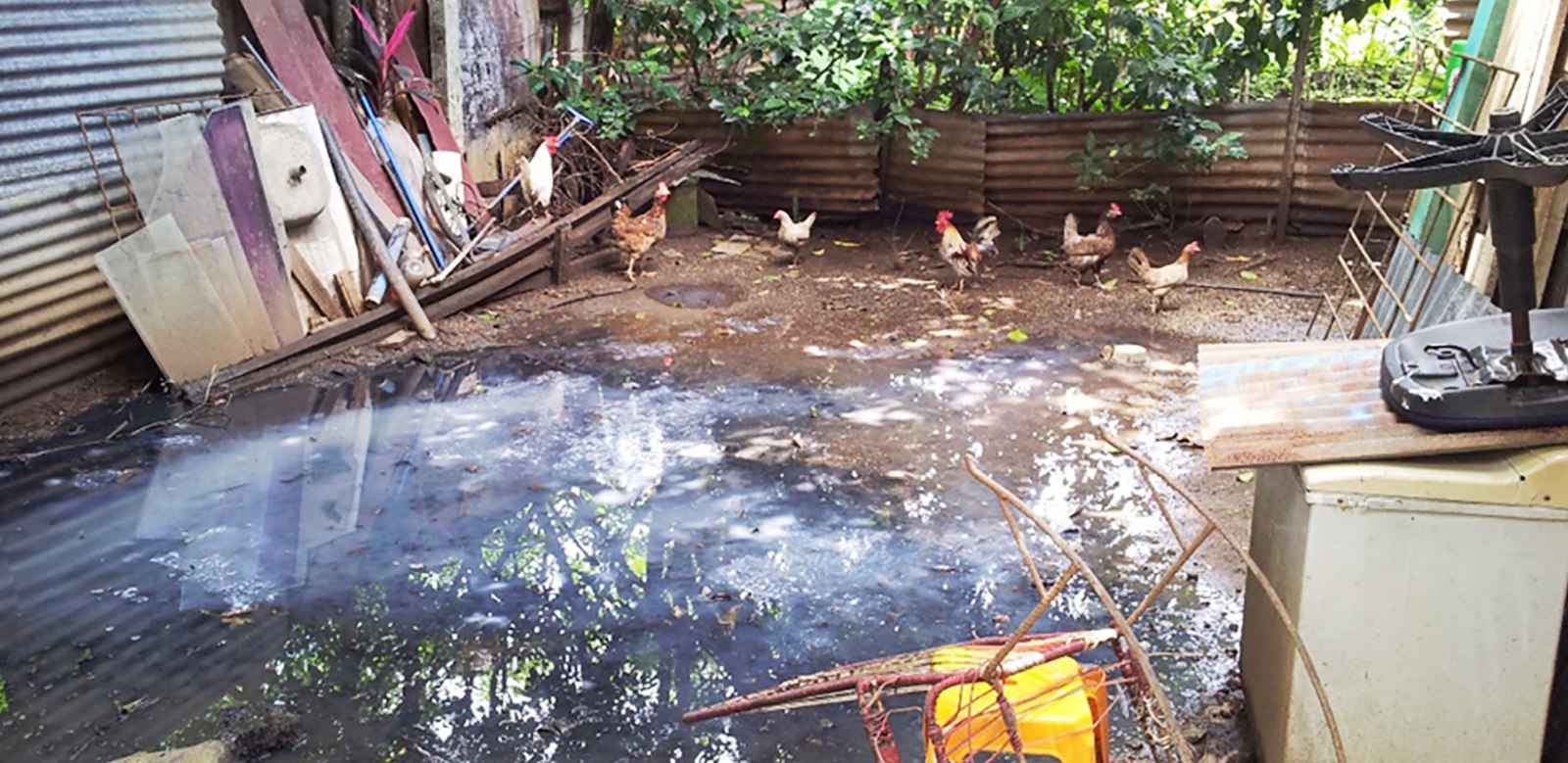
A high amount of cases of dengue fever in the Nicoya Canton were being seen during January and February, unusual for dry season when there should be less breeding grounds for the Aedes aegypti mosquitoes that carry the illness.
Nationally, a total of 3,505 cases of dengue were reported by the Ministry of Health during the first two months of the year, including one death. A 50-year-old woman from Puntarenas province was the first person in the country to die from dengue since 2010.
In the Canton of Nicoya, 190 preliminary cases were reported in January and 41 in February, according to Dr. Marisela Villegas Angulo, in charge of monitoring health for the Ministry of Health in Nicoya. Of these, 26 were in the district of Samara, 28 in Nosara and 153 in the district of Nicoya.
For example, Laura Hernandez Ledezma, who lives in Barco Quebrado, came down with dengue twice within two months. The first time was in November of 2012, and then again in mid-January. She said she contracted the illness in Samara, where she was working at the time. It started with complete exhaustion, followed by headache and pain in her eyes, fever and loss of appetite. She lost 5 kilograms (11 pounds) between the two incidences. In both cases, she said she went straight to the hospital in Nicoya, and made sure she drank plenty of liquids and ate even though she didn’t feel like it.
The second time she had dengue, she said she experienced some bleeding, for example, from her gums, but it wasn’t hemorrhagic dengue, the more dangerous and potentially fatal type.
Due to the high incidence of dengue, the Ministry of Health fumigated last week in areas of Samara, Nosara and Nicoya, especially the San Martin neighborhood in Nicoya city, where Villegas noted that many people had puddles of water in front of their houses and in their patios where they throw out soapy water and don’t have proper drainage systems. Since then, Villegas assured that there have been no cases reported during the past week.
Another aspect that might have contributed to the decline in cases is the increase in temperature in the past few weeks, Villegas indicated. She said that she and other doctor are hoping to do a study of the relationship between dengue and climate change.
“We’ve now returned to a zone of safety,” Villegas assured.
Dr. Fulvio Paniagua Acuña, from the Samara EBAIS clinic, said he attended to 16 cases of dengue in January and 12 in February. He acknowledged that the number of dengue cases “is not usual for this time of year”. He noted that dengue is more common during periods of transition at the beginning and end of rainy season.
Although fumigating helps, Paniagua cautioned that it is not a solution since it only kills the population of mosquitoes currently alive. Along with fumigating, it is also necessary to eliminate breeding grounds. Some less obvious breeding grounds to look for include open septic tanks, empty coconut shells and crab holes.







Comments